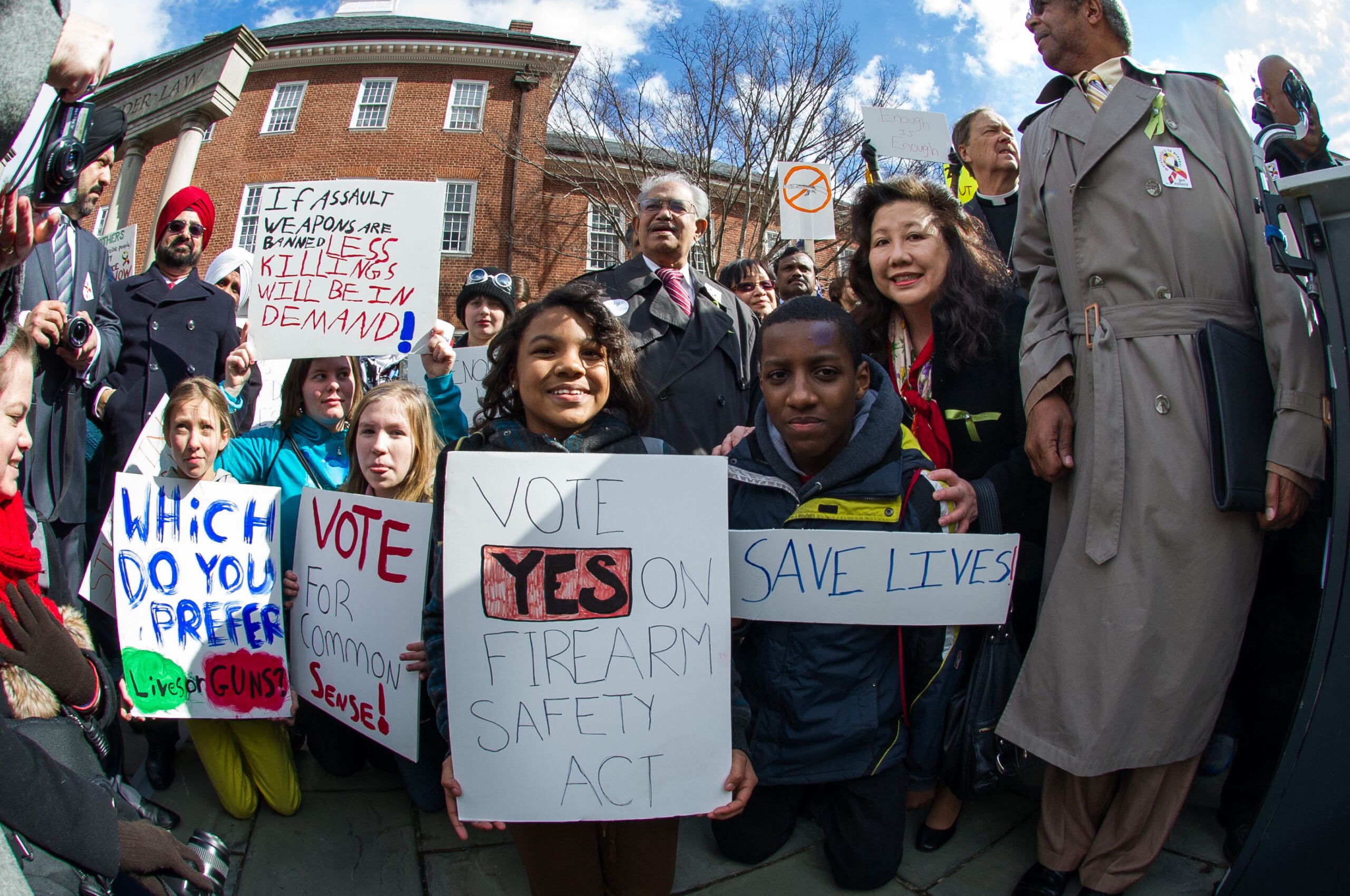South Africans have spent the last 5 months silently holding our breaths and waiting for the lights to go out. But, as we celebrate an impressive 150 days without a single blackout, the conversation is shifting from survival mode to something much bigger: the Just Energy Transition (JET).
This topic took centre stage at the JET Municipal Conference, which began yesterday, in Midrand. The conference was all about figuring out how our municipalities will play a key role in South Africa’s shift to a greener, more sustainable energy future.
President Cyril Ramaphosa opened the conference with a clear message: municipalities are crucial in driving the country’s transition to a low-carbon, climate-resilient economy. “Municipalities own and operate approximately half of South Africa’s electricity distribution grid,” he said. “[Municipalities] need to be in the driving seat when it comes to providing clean, affordable energy to communities, businesses, and industry.”
But it’s not all smooth sailing. The recent signing of the Electricity Regulation Amendment (ERA) Act has stirred up concerns among local governments. Bheke Stofile, the president of the South African Local Government Association (Salga), voiced his apprehensions.
“A clause inserted into the [ERA] Bill — after the public participation process — and signed into law threatens to remove a significant portion of municipalities’ remaining electricity distribution functions,” he warned. This could seriously undermine the ability of municipalities to contribute to the energy transition, especially since they rely heavily on electricity revenue to stay afloat.
Stofile’s speech highlighted the delicate balancing act that municipalities are forced to perform. On one hand, they are expected to lead the charge in implementing the country’s climate commitments, as outlined in the COP28 resolution. On the other hand, they are grappling with a “vicious cycle” of contradictory policies and financial strain, with municipal debt standing at a staggering R347 billion as of March 2024.
“Failure to transition in line with the global community will have fatal consequences for our socioeconomic development, livelihoods, and lives,” said Stofile. The irony is hard to miss: municipalities are being asked to spearhead the fight against climate change, yet they are being stripped of the very tools they need to do so.
Ramaphosa’s vision for the future is clear: a just energy transition that doesn’t leave anyone behind. This includes ensuring that the transition does not contribute to energy poverty or deepen existing inequalities.
To make this vision a reality, Ramaphosa outlined several key areas of focus:
- Providing access to affordable and clean electricity.
- Securing sustainable financing for electricity infrastructure.
- Strengthening the capacity of municipalities to manage the transition effectively.
In order to reach Ramaphosa’s dream, he acknowledged the need for massive investment to upgrade and modernise the municipal grid system, including the adoption of smart metering to facilitate the integration of renewable energy sources.
The establishment of the JET Municipal Forum, announced at the conference, is expected to play a crucial role in coordinating efforts at the local government level.
While the JET Municipal Forum is a promising start, without addressing the financial and logistical hurdles our municipalities are facing, we might end up right back where we started—in the dark. So, while we celebrate 150 days of bright lights, let’s not forget the long, winding road ahead.
- Staff Reporter
- Staff Reporter
- Staff Reporter




